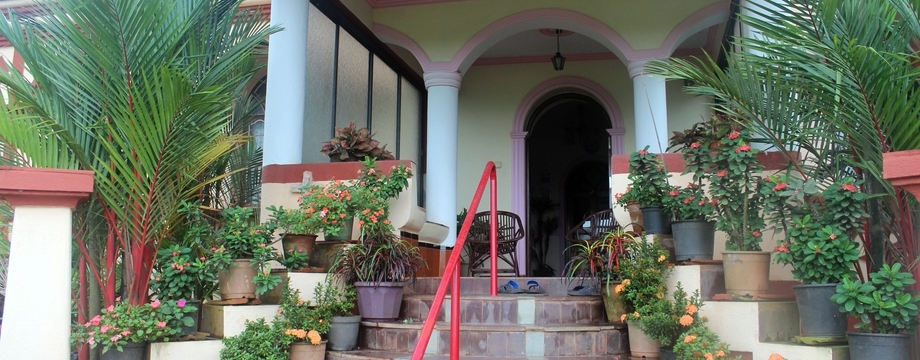I have written earlier about postpositions, but a little repetition here will perhaps not be out of place. Some of us are so used to prepositions in English and perhaps other European languages, that they would naturally expect an equivalent in Konkani as well, and rightly so. We do have almost an exact equivalent of that in Amchi Bhas. Except that ours are not called prepositions: instead, they are called postpositions. And it isn’t just that we have changed their name or that we are so proud of our language that we want to adopt a different nomenclature. It is just that, if we were to use the word preposition to denote the Konkani words for “under”, “above”, “outside”, etc. , the word would simply be a misnomer.
Why don’t we have prepositions?
The reason is plain and simple. The word “preposition” stands for “placement before”. In the sentence, “The shirt is above the chair”, we call “above” a preposition because in that sentence, the word “above” is placed before the word, “chair”. But if, instead, if it were correct to say, “The shirt is the chair above“, that is, if it would mean the same as we understand by “the shirt is above the chair”, then we would have to call “above” a “postposition” instead of a “preposition”. And that is exactly what happens in Konkani and in other Indian languages as well. In Konkani we say the same thing this way: “Khomis kodeli voir asa.”
A few postpositions
Examples of postpositions are: voir
Examples
We shall now use some of these words in sentences, using only nouns of the first declension as well as pronouns, which we have already covered. Note that the noun that precedes a postposition must always show itself in its flex stem.
- Tollea samkar ek ghor asa = There is a house opposite (facing) the lake
- Ghoddea bhonvtonnim udok poddlam = Water is spilled around the horse
- Sorôp follea pondak gela = The snake has gone under the plank
- To mhojê adim pavlo = He reached before me
- Hanv tachê kuxik bostolom = I will sit (masc.) beside him (or her as neuter, e.g., a little girl)
- Posrea bhair ek mottor asa = There is a car outside the shop
Attention
Note again that the words, tollea, ghoddea, follea, mhojê, tachê and posrea, which the corresponding postpositions, samkar, bhonvtonnim, etc. refer to, all appear in their naked flex stems, without any case endings.
And in case you happen to be in the process of learning Konkani, I would suggest that you repeat the above sentences until you get the feel of them.


